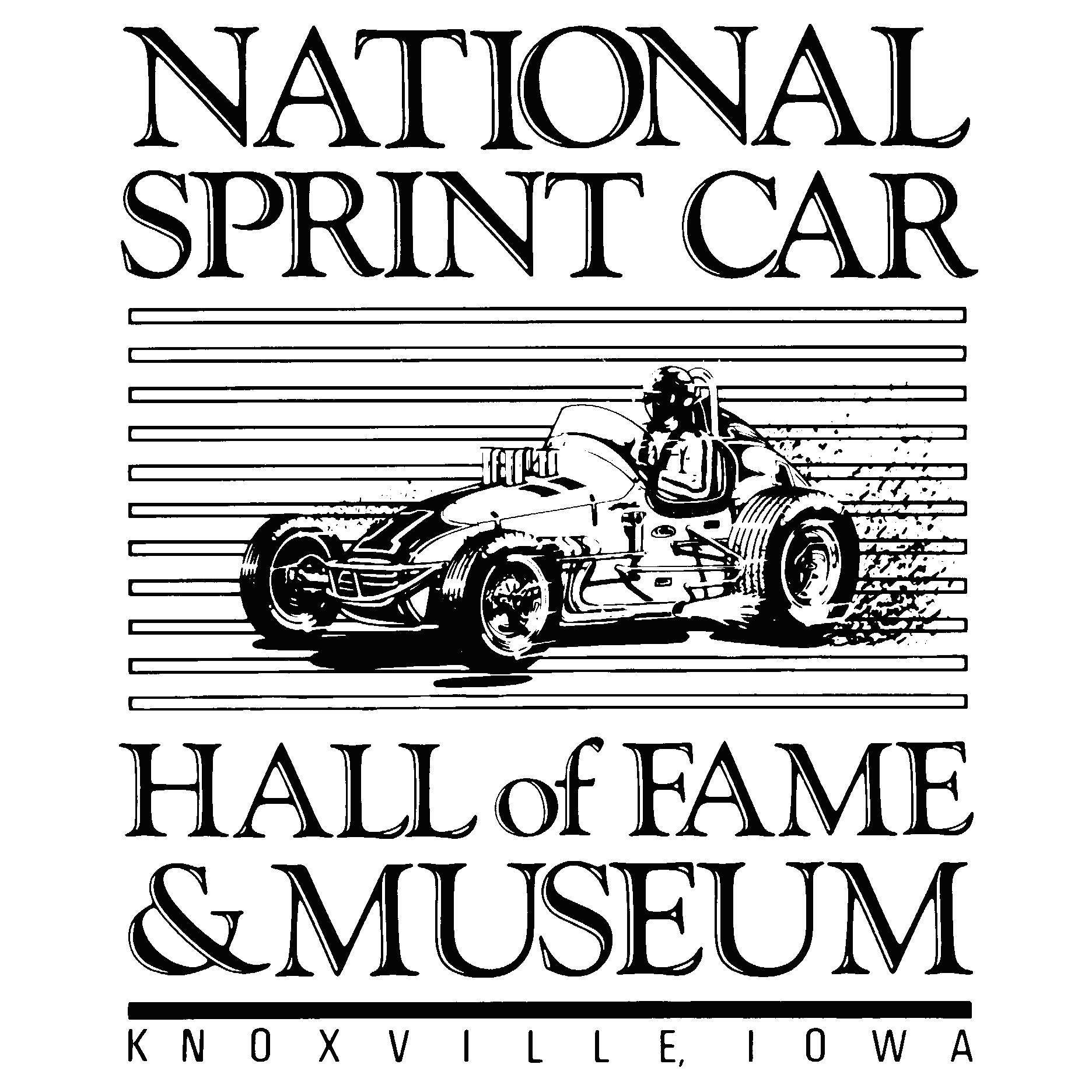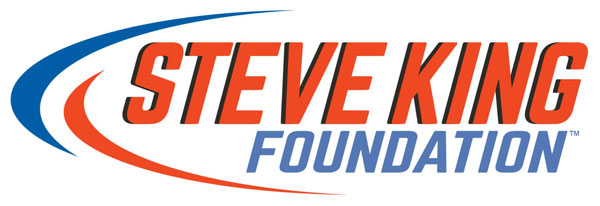NASCAR expects heightened competition with sexier NextGen car
Photo by Toyota Racing
Nine months from now, NASCAR will debut its NexGen Cup car for the 2022 Daytona 500.
On Wednesday, the industry witnessed the unveiling of the latest iteration from all three manufacturers in Charlotte, N.C. According to NASCAR president Steve Phelps, the number one goal of this seventh-generation race car was a promise made to the fanbase to put the “stock” back into stockcar.
Over the last two years, NASCAR worked closely with the OEMs to accomplish just that with nearly 5,000 miles of on-track testing.
What distinguishes the new model from the old? For starters, independent rear suspension, 5-speed sequential gearbox, symmetrical body shape, 18-inch softer tires with forged aluminum wheels, rack and pinion steering, carbon fiber body and a single-center lug nut. The nose will be longer, the deck lid shorter. From the edge of the splitter to the rear the car will measure 193 3/8” and 78 5/8” wide with an overall height of 51 inches. The wheelbase measures 110 inches. Depending on the track, NASCAR will opt for a 550 horsepower or 670-hp package.
While the new car is expected to more closely resemble what is sold on the showroom floor for the first time in half of a century if the racing isn’t competitive the project will have been all for naught.
NASCAR chief racing development officer, Steve O’Donnell, believes the car will put the racing in the driver’s hands—another request of the ardent fan base.
“When you look at the aspects of the car, particularly around the aerodynamics, reducing some of the downforce that's out there, the cars will be harder to drive in the corners,” O’Donnell said. “The composite bodies; NASCAR is all about beating and banging on the racetrack. Less chance for that cut tire that you see under our current design.
“We're really looking forward to our drivers going out there and showcasing their abilities. They're the best in the world at doing what we do. We believe the car that our engineering team and the entire industry has put together is going to enable us to do that.
“Then you add the Goodyear tire, softer tire compounds, the look and the feel, a lot of race strategy and different options will play out at the racetrack.”
NASCAR introduced composite bodies in the Xfinity Series in September 2017 at Richmond. Joey Logano, who has multiple starts with the flange-fit composite body, believes the indestructible nature of the new car will elevate the level of aggression on the track.
“You look at the Xfinity races at Miami, at Vegas, Kansas, you name those racetracks where you run the wall, those guys smack the wall all the time,” Logano said. “We cannot afford to do that in our car. Look at Darlington this weekend. You can't afford to hit the wall, you knock all the shape out of the right side of your car. Even if you don't cut a tire down, you lose performance in your car, it bends and it doesn't come back until you make a pit stop or worse, you cut a tire down and your day is pretty much over.
“This will allow you to be more aggressive. I think that's what the fans want to see, is drivers being more aggressive, getting closer to things, not being worried about making a little bit of contact, whether that's side by side with other cars or just pushing it harder up against the wall. Sparks will be flying a little bit more with this new car.”
When it comes to safety advances, NASCAR is adding additional roll bars and form-fitted foam inserts between the chassis and nose of the cars. The driver’s seat will also be more centrally located in the cockpit.
“We've had an incredible amount of safety analysis already done, and we've got some coming up with actual on-track where we'll crash the car, as well, like we do similarly to Nebraska,” O’Donnell added. “We took the drivers through that yesterday.
“When you see all the testing that's gone in, an incredible amount of focus on that area to make sure that these cars are as safe as possible, I think we've got a pretty good track record with this current car, and the good news is we can build upon that, and what we've learned is already incorporated into this car, and then we're able to adjust where we need to.”
If a sexier car, a more competitive car, and a safer car aren’t enough to make you excited about next season, then NASCAR probably isn’t for you. Certainly, the savings projected for current and potential team owners are already paying dividends. Denny Hamlin, who partnered with Michael Jordan late last year to form 23XI Racing, was one of three drivers to enter the ownership ranks for 2021.
“I think this car has the potential to be better in the long run,” said Hamlin. “I think we looked at the model when we were thinking about starting a race team. This car was a factor in those decisions.”
In addition to attracting new owners, David Wilson, president of Toyota Racing Development, hopes manufacturers will follow.
“The more manufacturers that we can compete with on track, the better from our perspective,” Wilson said.
“I think the reality is the entry point with a car that we've been racing is just too steep to entice a new manufacturer. That's just reality. We do believe that with NextGen and the direction, the relevancy to an OEM, it's a reset that there's a much higher likelihood we could see another OEM or two.”

.png)





